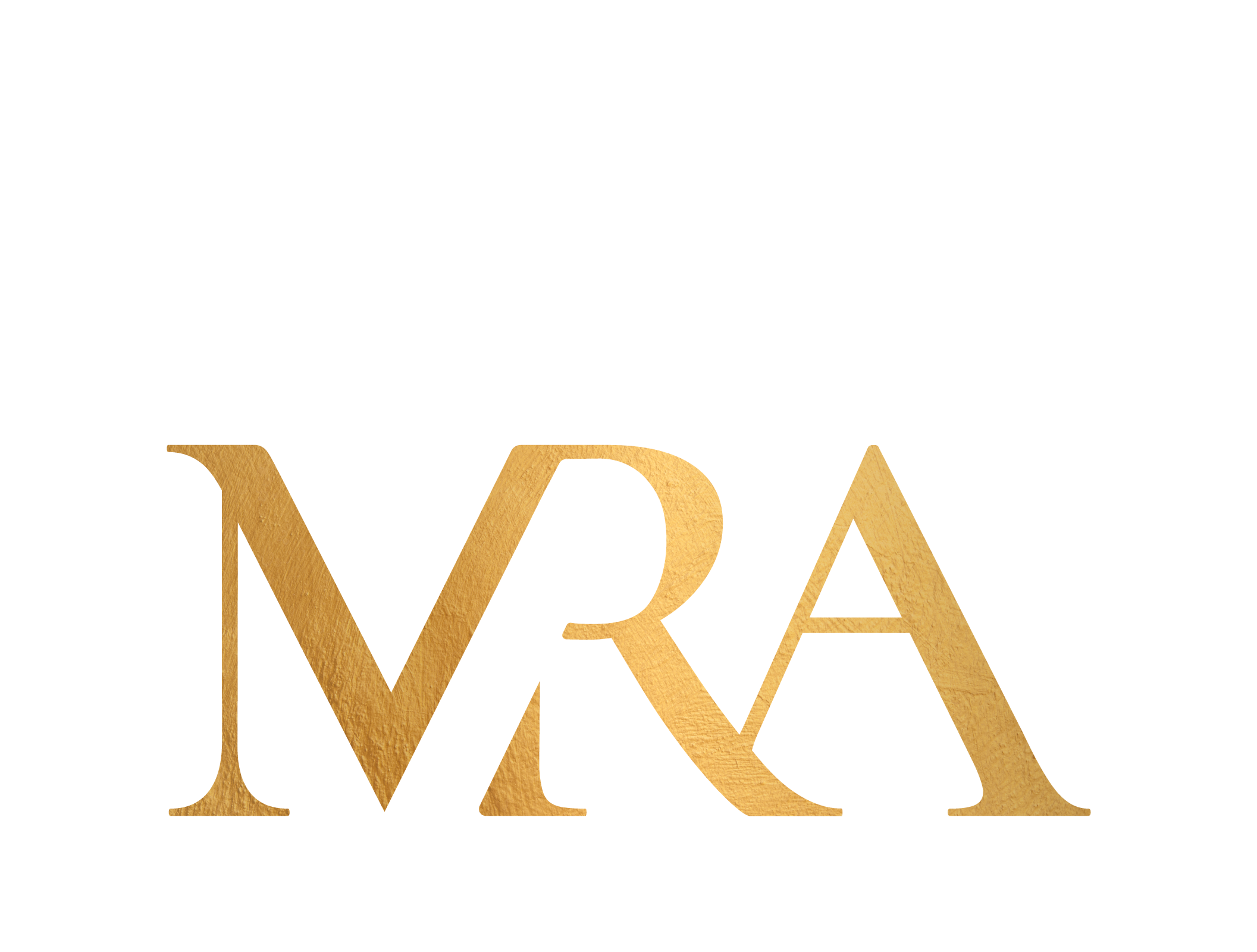Bankruptcy in Ontario
Empowering Your Fresh Start: Navigating Bankruptcy in Ontario with Maria Rickard & Associates
Facing financial challenges? Maria Rickard & Associates are your trusted partners in navigating the complexities of bankruptcy in Ontario. With a wealth of experience and unwavering commitment, we provide expert guidance to help you achieve a brighter financial future.
Our personalized approach ensures that you’re not alone in this journey. We understand the emotional and financial toll that bankruptcy can bring, and we’re here to provide compassionate support every step of the way.
From explaining your options to guiding you through the process and advocating for your rights, our team of licensed insolvency trustee is dedicated to securing your best interests. Bankruptcy doesn’t have to be a dead-end – with Maria Rickard & Associates, it can be a stepping stone to your financial resurgence.
Let’s work together to pave the way for your renewed financial stability. Contact us today to start your journey toward a debt-free future.
Bankruptcy isn't the only option for you.
Navigating the complexities of bankruptcy can be overwhelming, but you don't have to face it alone. At Maria Rickard & Associates, we specialize in providing comprehensive bankruptcy services to Ontario residents in need of a fresh financial start.

Our Mission

Our Services
Our Vision
100% Success Rate
60+ Years Experience
Highly Recommend
Free Consultation
Choose Maria Rickard & Associates: Your Bridge to Financial Renewal with Expert Licensed Insolvency Trustee Services In Ontario
YOUR GUIDE TO BANKRUPTCY!
In order to declare bankruptcy, an individual has to meet certain conditions:
- Owe at least $1,000
- Be unable to meet regular payments as they fall due; and
- Own insufficient property to enable payment of all debts.
In general, bankruptcy is deemed the best solution only for those who cannot consolidate their debts at a reasonable cost over an appropriate period of time.
The assets of the bankrupt, whether in the possession of the bankrupt or in the possession of a third party, will belong to the trustee for the creditors, whereas assets belonging to others will be turned over to them when their claims are proven.
Where a creditor holds security against any asset, they will normally be allowed to exercise their rights. The debtor may choose to continue paying the secured creditor.
EXEMPT PROPERTY
- Household furnishings and appliances not exceeding a total value of $14,180
- For self-employed debtors: Tools of trade not exceeding $14,405
- One Motor Vehicle not exceeding $7,117
- Equity in Principal residence not exceeding $10,783
- Funds invested in a registered plan including deferred profit-sharing plans (DPSPs), registered retirement income funds (RRIFs), registered retirement savings plans (RRSPs) with the exception of contributions made in the 12 months prior to the date of Bankruptcy;), registered pension plans, and registered disability savings plan (RDSPs)
- A life insurance policy/products that has a preferred beneficiary (i.e. spouse, child, parent, or grandchild);
The filing of a bankruptcy halts all garnishments, lawsuits, or Court proceedings initiated or that may be initiated.
The bankrupt must fulfill all of the following duties:
- Reveal and turn over to the trustee all non-exempt assets in the debtor’s possession or control
- Make available to the trustee all books and records relating to assets or affairs
- Attend at the Office of the Official Receiver, if and when requested, to be examined under oath as to the facts relating to the bankruptcy
- Provide a complete statement of assets and liabilities including creditors’ names, addresses, account numbers, invoices and amounts.
- Where the bankrupt receives additional bills or legal documents, they should be forwarded to the trustee. If assets were accidentally omitted, the trustee must be informed promptly
- Inform the trustee of the details of all property disposed of during the twelve months prior to the bankruptcy
- Inform the trustee of the details of all property disposed of by gift during the five years prior to the bankruptcy
- Keep the trustee advised of place of residence
- Pay any amounts prescribed by the Superintendent Surplus Income Guide.
- The bankrupt must attend two mandatory counselling sessions.
- If you are experiencing a difficult financial time, it is best to seek the help of an experienced professional. Contact Maria Rickard & Associates for bankruptcy counselling in Toronto or Sault Ste. Marie.
Credit Bureau Information
Information regarding a bankruptcy remains on the credit bureau for 6 years after the discharge, but a bankrupt can re-establish their credit as soon as they are discharged.
Discharge
If it is the first time a debtor has gone bankrupt and the debtor has complied with his duties, then the bankrupt is entitled to an automatic discharge:
1.) On the expiry of 9 months after the date of bankruptcy, if he has no surplus income as determined by the Superintendent’s Standards on Surplus Income.
OR
2.) On the expiry of 21 months after the date of discharge where the bankrupt is required to make payments under Section 68 of the BIA to the estate, as per the Superintendent’s Standards on Surplus Income.
If the debtor has filed a previous bankruptcy then the automatic discharge provisions:
1.) On the expiry of 24 months after the date of discharge if there is no surplus income.
OR
2.) On the expiry of 36 months after the date of bankruptcy if there is deemed surplus.
Exception:
Bankrupts with personal income tax debt in an amount exceeding $200,000 representing 75 percent of the debt, will not be eligible for an automatic discharge and an application to the Bankruptcy Court will be made to determine the type of discharge to be granted.
- Upon obtaining the discharge, the bankrupt is released from all debts, except for:
- Fines or penalties imposed by a court or default on bail bond
- Alimony or support of child or spouse
- Fraud, embezzlement, misappropriation or defalcation
- Non-disclosure to the trustee (these creditors will be entitled to the dividend that would have been paid if a claim had been submitted in the bankruptcy
- Any debt owed to Canada Student Loans, or Ontario Student Assistance Program, where the date of the bankruptcy occurred within seven years of the debtor leaving school
Words of Trust: Stories from Our Satisfied Clients
“…My experience has been great with this amazing team! Terre was certainly able to put my mind at ease about my future. I have recommended them to local friends.”
Theresa A
“… I’m just writing to thank you for all your help and support during my financial difficulties. You will never know how much your help and support meant to me!!”
Robert W
“… Know that you really do help people… Tell all your clients from us that there is a light at the end of the tunnel. Once again, thank you from the heart.”
Karol H.
Discover Frequently Asked Questions from Our Support
- Owe at least $1000.00
You can only file bankruptcy with a Licensed Insolvency Trustee.
Yes, once you file a bankruptcy, your creditors have no further right to call you. They are required to deal with the trustee only.
The following assets are exempt from Bankruptcy:
- Household furnishings and appliances not exceeding a total value of $14,180
- For self-employed debtors: Tools of trade not exceeding $14,405
- One Motor Vehicle not exceeding $7,117
- Equity in Principal residence not exceeding $10,783
- Funds invested in a registered plan including deferred profit-sharing plans (DPSPs), registered retirement income funds (RRIFs), registered retirement savings plans (RRSPs) with the exception of contributions made in the 12 months prior to the date of Bankruptcy;), registered pension plans, and registered disability savings plan (RDSPs)
- A life insurance policy/products that has a preferred beneficiary (i.e. spouse, child, parent, or grandchild);
Yes, the only time that bankruptcy could impact your employment is if you need to be bonded.
If you are a first time bankrupt, the bankruptcy will last 9 months or 21 months, depending on your monthly income. If you are a second time bankrupt, then the bankruptcy will last 24 or 36, again depending on your monthly income. In order to be discharged from bankruptcy, a bankrupt must complete all duties that are required under the Bankruptcy and Insolvency Act.
Yes, you can continue to make payments on the vehicle.
Yes, you can continue to make payments on your mortgage.
If there is equity in your home, then arrangements can be made for you to pay the equity into the bankruptcy.
If there is a co-signer on a debt or a guarantor then the creditor will go after them for the entire debt.
Under Section 178 of the Bankruptcy and Insolvency Act, the following debts are not forgiven:
- Alimony and maintenance
- Child Support
- Fines or penalties imposed by a court
- Restitution orders
- Student loans if you were a student within the last 7 years
- Debts obtained by fraud or misleading representation
The bankrupt must fulfill all of the following duties:
- Reveal and turn over to the trustee all assets in the debtor’s possession or control
- Make available to the trustee all books and records relating to assets or affairs
- Attend at the Office of the Official Receiver, if and when requested, to be examined under oath as to the facts relating to the bankruptcy
- Provide a complete statement of assets and liabilities including creditors’ names, addresses, account numbers, invoices and amounts. Where the bankrupt receives additional bills or legal documents, they should be forwarded to the trustee. If assets were accidentally omitted, the trustee must be informed promptly
- Inform the trustee of the details of all property disposed of during the twelve months prior to the bankruptcy
- Inform the trustee of the details of all property disposed of by gift during the five years prior to the bankruptcy
- Keep the trustee advised of place of residence
- Pay any amounts prescribed by the Superintendent Surplus Income Guide
- The bankrupt must attend two mandatory counselling sessions
- Your main duties and responsibilities are to attend the two mandatory counselling sessions, provide the trustee with all tax information in order to prepare tax returns, keep the trustee informed of any change of address or phone number, keep the trustee advised of any changes in your income, make all required surplus income payments, if necessary, and generally assist in the administration of the bankruptcy.
You can start to re-establish your credit, as soon as you are discharged.
The second counselling session provides information on how to re-establish your credit.
The general fee is $1800 for a first time bankrupt that has no surplus income payments, but the fee can vary depending on the person’s circumstances.
Absolutely, once a bankruptcy is filed, a creditor cannot freeze or garnish your bank account.
Absolutely not, once a bankruptcy is filed, a creditor cannot freeze or garnish your bank account.
Student loans are only forgiven if you have been out of school for seven years. It is always recommended that you contact Student Loans before proceeding with a bankruptcy and determine when the seven year period started. If you have not been out of school for more than seven years, then the debt is included in the bankruptcy while the bankruptcy is ongoing, Student Loans cannot collect on the debt, but once the trustee is discharged then Student Loans can recommence collection action.
Consumer Proposal VS Bankruptcy
- Immediately stops collection action, interest, and garnishees
- One monthly payment
- Keep your assets and tax refunds
- Avoid bankruptcy
- Less impact on your credit report
- Financial counselling is provided
- Creditors need to accept the proposal
- Longer than a bankruptcy, usually five years
- After three missed monthly payments, proposal can be annulled
- Must owe no more than $250,000 (excluding home mortgage)
- Credit rating R7
- On the Credit Bureau for three years after completion of Proposal
- Immediately stops collection action, interest, and garnishees
- Process time for a first bankruptcy is 9 months or 21 months, and for a second bankruptcy, the process time can be up to 36 months.
- Creditors can’t refuse the bankruptcy
- No limit on the amount of the debt
- Financial counselling is provided
- Except for exempt assets, All assets are turned over to the trustee.
- Monthly income and expense reports have to be completed for review to determine any surplus income payment
- Creditors can oppose the discharge
- Tax refunds and GST come into the Bankruptcy
- Could affect certain jobs
- Credit rating R9
- On your Credit Bureau for six years





